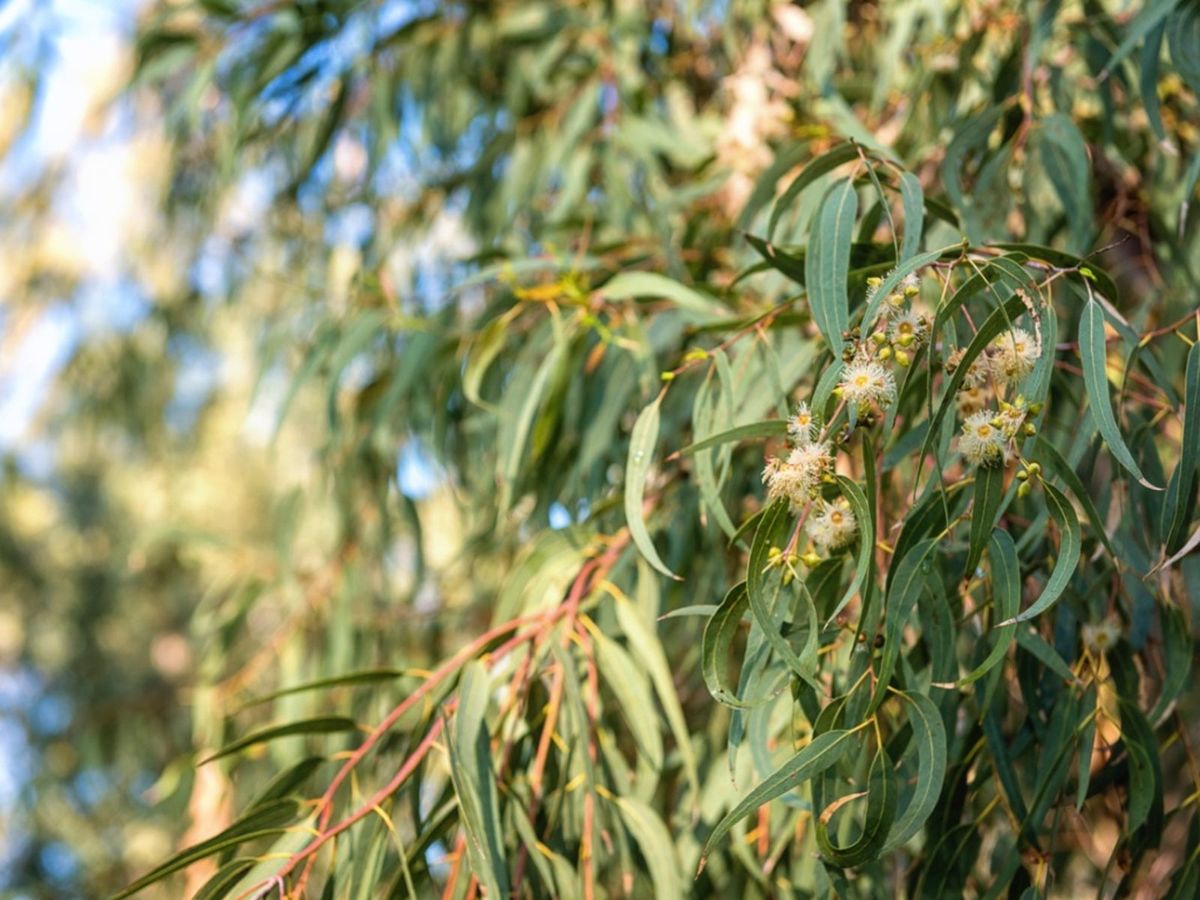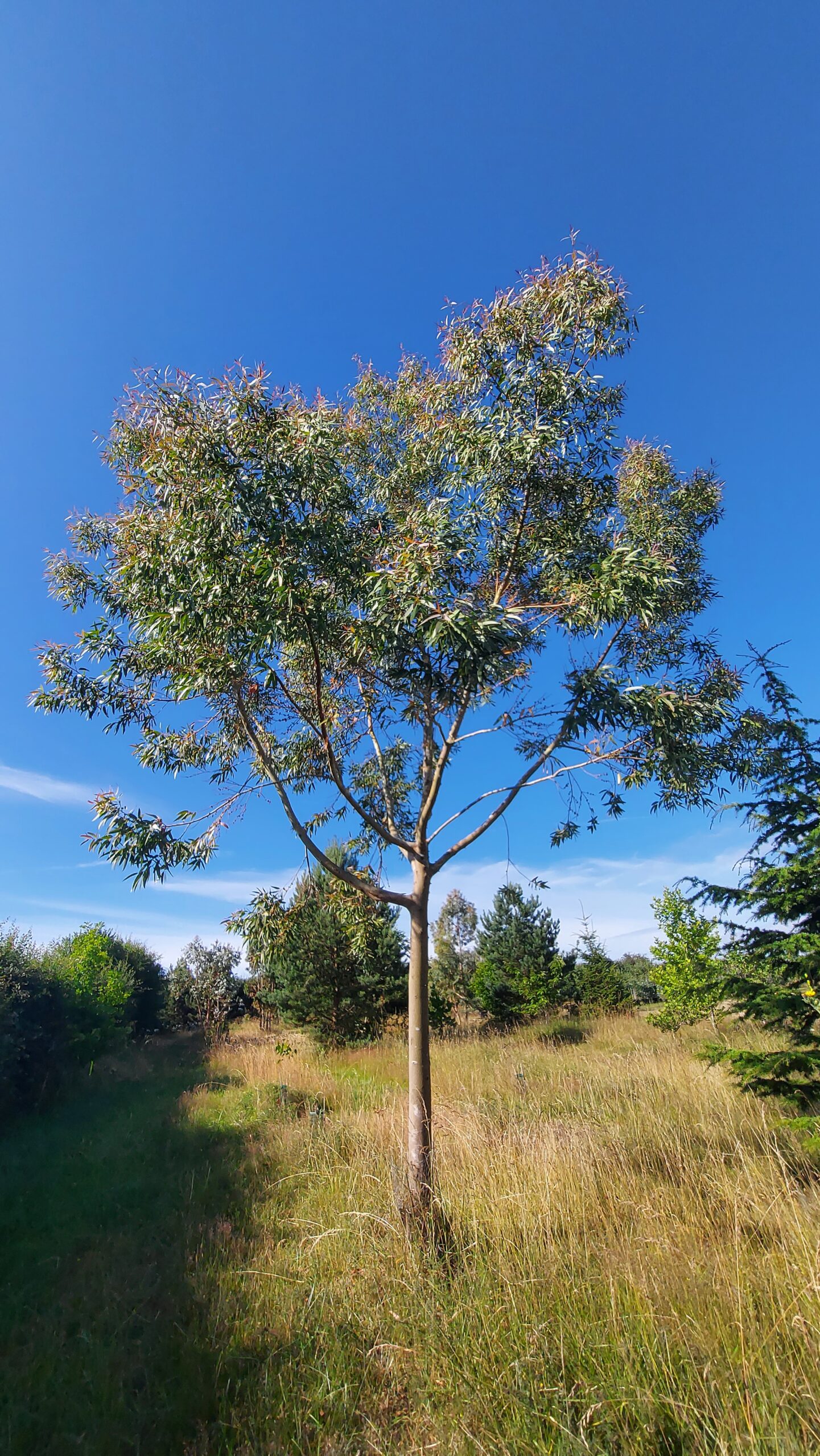Introduction
The eucalyptus tree, a symbol of Australia, is a remarkable plant with a wide range of uses and ecological significance. Belonging to the genus Eucalyptus, this diverse group of trees and shrubs has captivated botanists and horticulturalists for centuries. From their unique adaptations to their economic importance, eucalyptus trees continue to fascinate and amaze.
A Closer Look at Eucalyptus Trees

Botanical Characteristics
Eucalyptus trees are characterized by their distinctive leaves, which are often leathery and aromatic. Young leaves are typically round or oval, while mature leaves are elongated and lance-shaped. The leaves are covered with oil glands, which produce essential oils that give eucalyptus its characteristic scent.
Diverse Habitats and Adaptations
Eucalyptus trees are highly adaptable and can thrive in a variety of climates, from arid deserts to humid rainforests. They have evolved a range of adaptations to survive in their native Australian environment, including:

Drought Tolerance: Many eucalyptus species have developed efficient water-use strategies, such as deep root systems and the ability to store water in their trunks.
Economic Importance
Eucalyptus trees have a significant economic impact worldwide. They are widely cultivated for various purposes, including:
Timber Production: Eucalyptus timber is used for construction, furniture, and paper production. It is prized for its strength, durability, and resistance to decay.

Eucalyptus Trees and the Environment
Eucalyptus trees play a vital role in the environment, both in their native Australia and in other parts of the world. Some of their ecological benefits include:
Soil Conservation: Eucalyptus trees have deep root systems that help prevent soil erosion and improve soil fertility.
Common Eucalyptus Species
:strip_icc()/eucalyptus-tree-wooden-fence-60b0c839-193eb2b5f6b84f51a07e7cd398548278.jpg)
There are over 700 species of eucalyptus trees, each with its own unique characteristics and uses. Some of the most common species include:
Eucalyptus globulus: This species is widely cultivated for its timber and pulpwood. It is also a source of eucalyptus oil.
Eucalyptus Trees in Cultivation
Eucalyptus trees can be grown in a variety of climates, but they thrive best in warm, sunny locations with well-drained soil. When planting eucalyptus trees, it is important to choose a species that is suitable for your local climate and soil conditions.

Planting and Care
Planting: Plant eucalyptus seedlings in well-drained soil, ensuring that the root ball is not too deep.
Common Pests and Diseases
Eucalyptus trees are generally resistant to pests and diseases, but they can be affected by certain problems, including:
Eucalyptus Leaf Beetle: This beetle can defoliate trees, but it is usually not a serious threat.
Conclusion
Eucalyptus trees are remarkable plants with a wide range of uses and ecological benefits. Their adaptability, rapid growth, and economic importance make them valuable assets for both humans and the environment. By understanding and appreciating the unique characteristics of eucalyptus trees, we can continue to harness their potential for the benefit of future generations.
Eucalyptus Tree Plant
